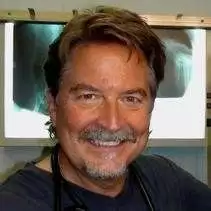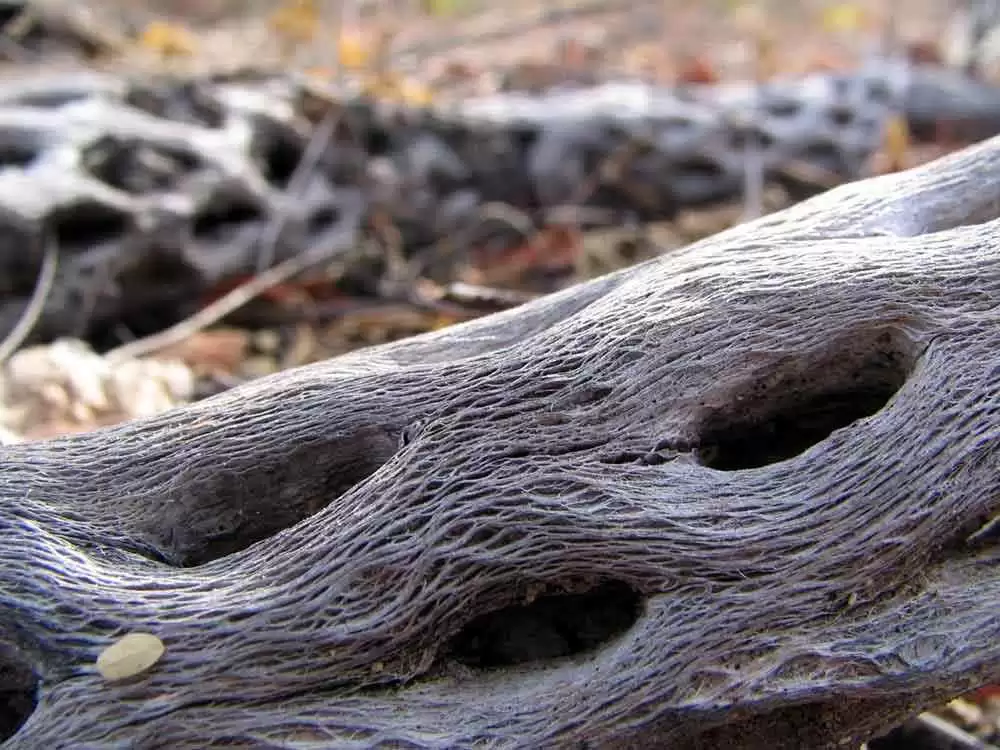
Celiac.com 06/28/2019 (originally published 07/12/2010) - The report by R.H. Wasserman titled “Vitamin D and the Dual Processes of Intestinal Calcium Absorption“ is very important. I have some writing to do (and corrections to make) as a result of reading this. It helps to explain why dogs don’t suffer from clinical osteoporosis. It’s obvious that there are processes taking place in the ileum of humans that do not take place in the dog.
This came up as I was counseling an Internet acquaintance concerning his osteoporosis. He was not improving with conventional therapy and was also suffering from chronic lymphocytic colitis. I knew that the ileum actively absorbs calcium but the numbers in the study above were news to me. I’ve been telling people for years that one of the biggest difference between a person doing well after gastric bypass vs. crashing and burning had to be the health of their ileum and now I understand a little more as to why this is the case, especially when it comes to bone density. So, I’ve turned my attention to the health and wellbeing of the ileum.
Celiac.com Sponsor (A12):
I have assumed for years that one of the biggest factors in humans is dairy products. So much points to that. But…is it the casein and other dietary glycoproteins causing villous atrophy that does it OR is there something IN the milk that is doing it? We know that Mycobacterium paratuberculosis can be involved in Crohn’s and that it can come from milk, even when pasteurized. Are there other pleomorphs that are doing this?
I like to point out that, of the “big 4” foods, only dairy is of animal origin and that it is “public enemy number one” for a reason: It not only contains damaging lectins, loads of estrogen, and casomorphins (BCM7) but is a veritable petri dish of microorganisms. In fact, they now know that the bovine leukemia virus can cause leukemia in primates. What about mycoplasma, mycobacteria, and the myriad of pleomorphic bacteria is contains, some of which could take up to a year to culture out (e.g. mycoplasma). I’m working on a paper that deals with the zoonoses associated with cow’s milk.
So…I still contend that dairy is one of the biggest culprits in Crohn’s and other chronic diseases of the lower intestine but these are likely to be more examples of “syndromes”, in which resident viruses and bacteria (including those viruses in the DNA) react to chronic insults like gluten, dairy, etc. and other man-made components of food along with newly acquired viruses and bacteria, some of which are coming from vaccines. (Gotta wonder about those weaponized versions of mycoplasma floating around.) Also, there is no place like the gut for secondary infections.
Here is the application I am wondering about: Could antibiotics help a person with osteoporosis, knowing that pleomorphic bacterial infections are showing up in other areas of “autoimmune” disease, such as rheumatoid arthritis, scleroderma, and sarcoidosis? The process appears to be the same in all cases: The residential viruses and bacteria are all involved in adaptive processes throughout the body. They are reason for inflammation, as they react to immune challenges being brought against the cell. Once this process escalates and the immune system crashes, the bacteria become a significant secondary problem requiring specific treatment (see www.bacteriality.com and the “miracles” that are occurring using long-term doxycycline, etc.).
As long as the immune system remains competent, these individuals can still be rescued by employing nutritional therapy, holistic approaches and avoidance of the obvious insults (food lectins, preservatives, pollutants, cigarettes, etc.). Vitamin D3 therapy would be crucial here for both calcium absorption and immune competence. But the dog, once again, may give us a clue as to which aspect of D3 is the most important in the pathogenesis of osteoporosis. I believe that the average dog is woefully deficient in D3, with their dismally high incidence of cancer being a leading indicator. Why wouldn’t they be low? They convert sunlight to D3 much less efficiently than humans, are covered with fur, and spend most of their time indoors. If and when we start measuring their D3 levels, we will likely be stunned at their low levels. And yet…they don’t suffer from clinical osteoporosis. Is it because they don’t live long enough? Hey, they get everything else. So again, I am wondering more and more about the immune aspects of osteoporosis in humans.
Once the patient crosses the line and their immune system becomes incompetent (which is when many present initially), bad things happen. They go from subclinical to clinical, from bad to much worse, or from “stage two” (“autoimmune” diseases) to “stage three” (cancer). We know now that pleomorphic bacteria are involved in cancer, which makes perfect sense. They were involved in the adaptive processes from the start (through their influence on the cell’s mitochondria) and play a vital role in determining when the cell (and the viruses it contains) finally decides to form a tumor to escape further insults. This process is taking place all over the body in every tissue we have. So…this must be happening in the ileum, where they now say 70-80% of the calcium is absorbed.
Could antibiotics of the right type be of help when these immune incompetent individuals need rescuing, even in cases of refractory osteoporosis? Certainly, we should try to avoid their use for as long as possible but we have to be realistic sometimes in what the patient or the owner of a pet is willing to do. Those who are into holistic medicine can avoid this last ditch effort for the longest time, even indefinitely. But if the last ten years have done anything for me, they’ve made me a realist. Sadly, most people want a quick fix.
Source:
- Wasserman RH, Vitamin D and the Dual Processes of Intestinal Calcium Absorption, J. Nutr. 134:3137-3139, November 2004
Article Corrected 07/01/2019 - The original article was corrected as it referenced a study linking the measles portion of the MMR vaccine with ileum damage in humans, however, this study was retracted.











Recommended Comments
Create an account or sign in to comment
You need to be a member in order to leave a comment
Create an account
Sign up for a new account in our community. It's easy!
Register a new accountSign in
Already have an account? Sign in here.
Sign In Now